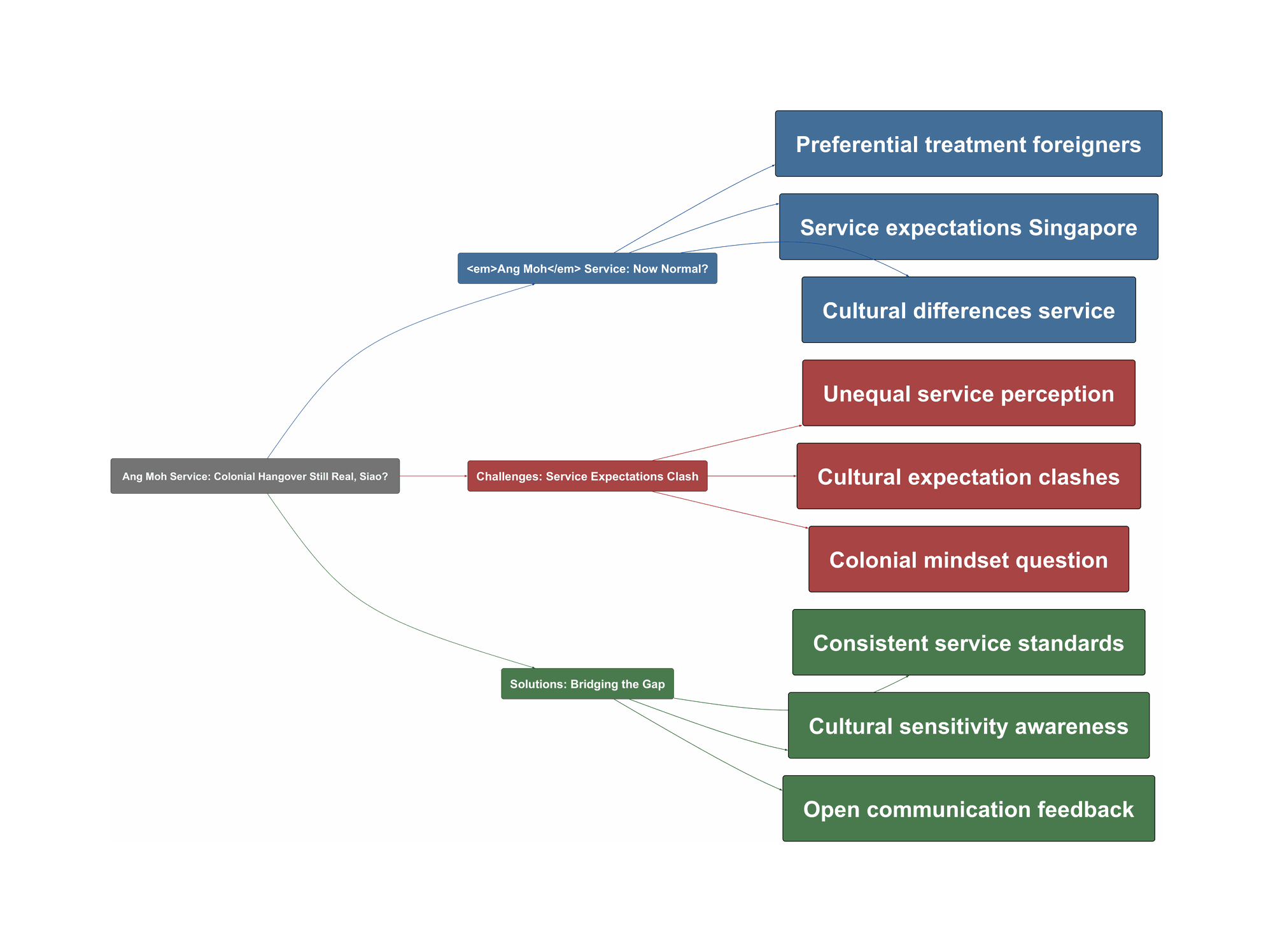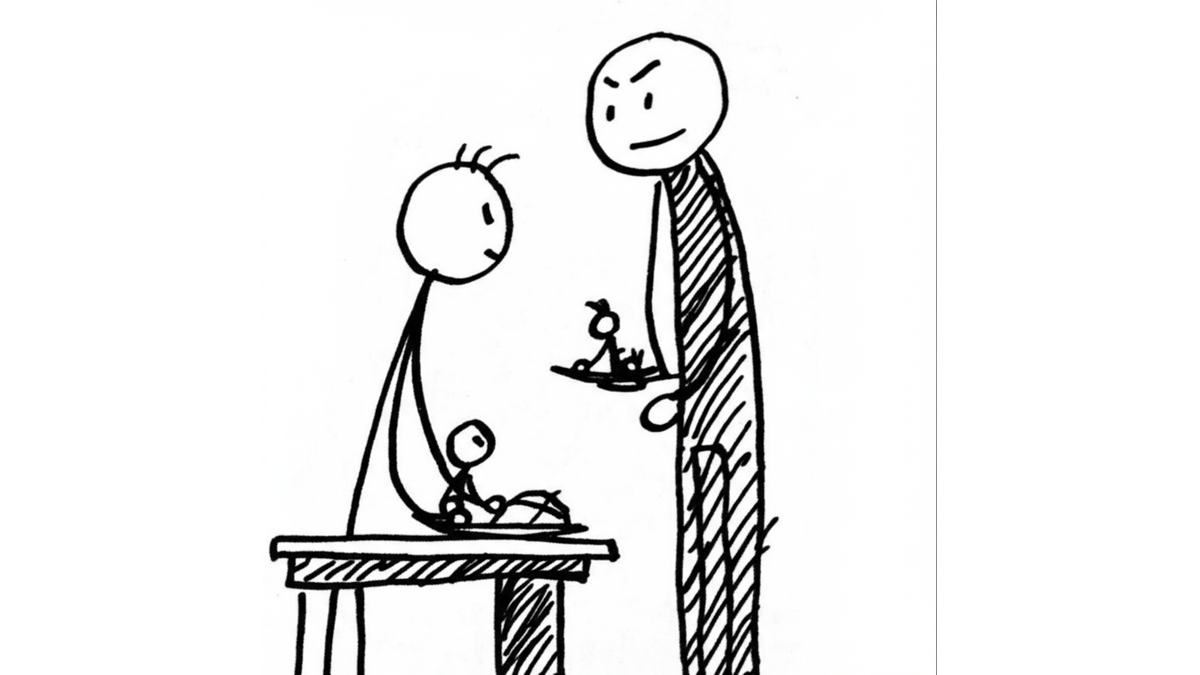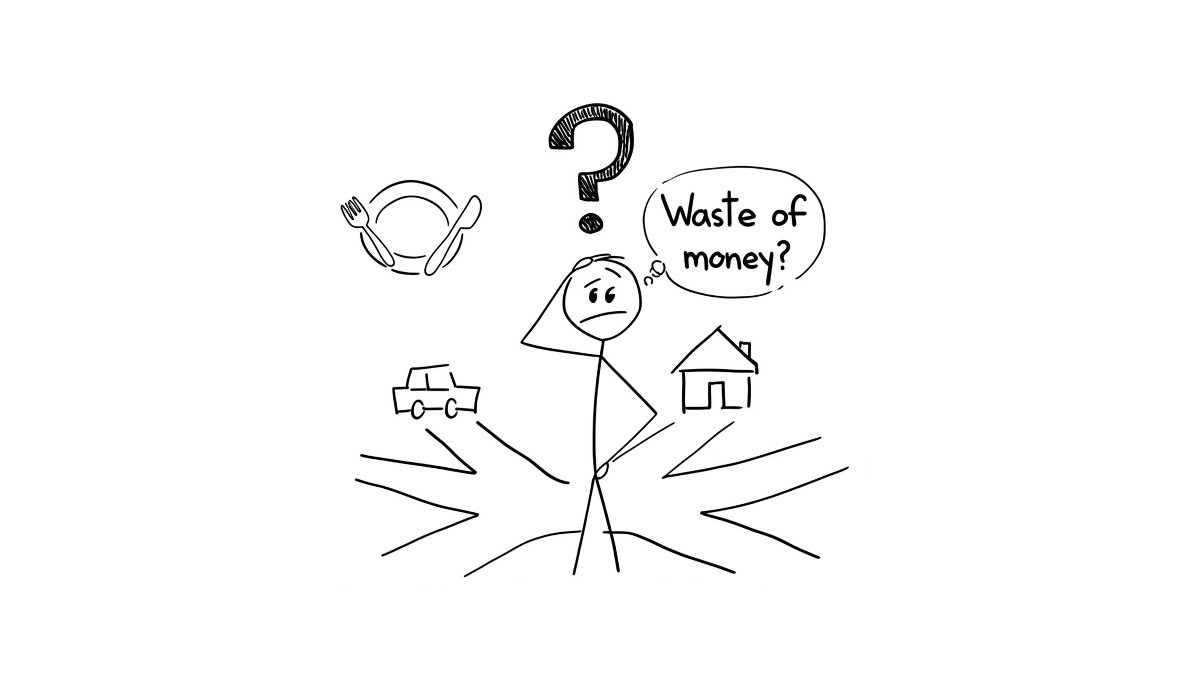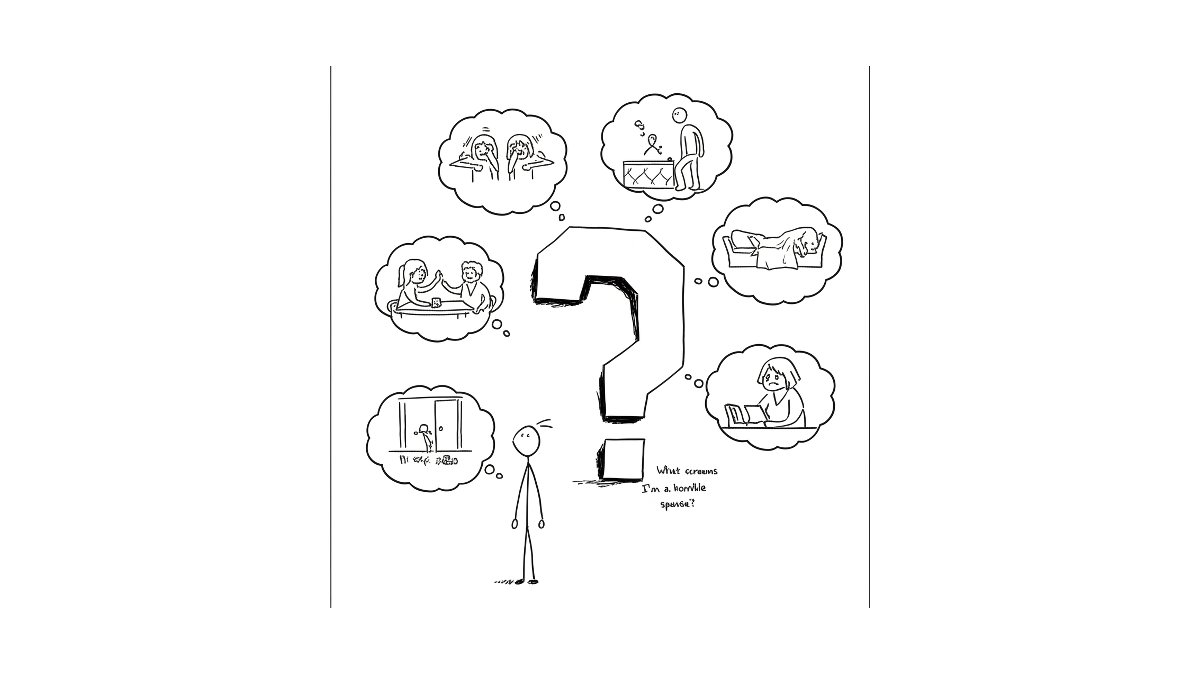Spot the difference: Does an ang moh get better service than you at your local kopitiam? Some Singaporeans think so. This phenomenon, often debated on Reddit, sparks questions about whether a colonial mindset still lingers in our Little Red Dot.
Ang Moh Service: Now Normal?
- Some Singaporeans feel that Caucasians receive preferential treatment in service settings.
Was queueing for drinks the other day and among those queueing was a caucasian couple. When it was the couple’s turn, I was a bit surprised that the seller, a middle aged auntie, suddenly turned friendly and smiley when taking their order while she didnt smile at the rest of the locals and just took the order normally.
- This perceived difference extends beyond hawker centers, with some observing it on Singapore Airlines flights.
agree on the sq flights lol saw it happened multiple times, wonder if there are any former FAs to explain this?
- However, others argue that Singapore’s globalization makes seeing foreigners commonplace.
Literally never seen such shit before. Singapore so globalised, seeing an angmoh is like seeing a Burmese. Very common.
- It’s important to note that different cultures have different service expectations, which can influence interactions.
Despite Singapore’s multiculturalism, the perception of preferential treatment persists for some.
Challenges: Service Expectations Clash
- One challenge lies in differing expectations of service across cultures. What’s considered polite in one culture may be off-putting in another.
Different cultures have different expectations of service, and also different ways of responding to good service (e.g. tips, good reviews, praise).
- Locals may not always express warmth overtly, which some foreigners may misinterpret as unfriendliness.
No offense, but as a foreigner in Singapore, you guys don’t really smile or show signs of being friendly that much.
- The expectation of tips from tourists, even though tipping is not a common practice in Singapore, may contribute to perceived differences in service.
Ang moh s often tip. That is why
- The frustration arises when locals feel they are receiving subpar service compared to foreigners in their own country.
These cultural nuances and expectations can lead to misunderstandings and perceptions of bias.
Solutions: Bridging the Gap
- Firstly, service providers should strive for consistent service standards for all customers, regardless of background.
- Secondly, individuals can be more mindful of cultural differences and avoid making assumptions about others’ intentions.
On the small talk part, white people just like doing small talk more and are better at it. You’ll naturally talk more to someone who knows how to drive a small talk conversation. Most Asians either aren’t interested in small talk or they know how to drive it well.
- Thirdly, fostering open communication and providing feedback can help address service gaps and improve customer experiences.
- Consider initiating small talk; even a simple “How’s your day?” can make a difference.
as someone who worked in service line before. Caucasians tend to be warm, friendly and smiley to service workers so they tend to reciprocate.
- Finally, remember that a smile goes a long way! A little warmth can bridge cultural gaps and create positive interactions.
By promoting cultural sensitivity and consistent service, Singapore can create a more inclusive and welcoming environment for everyone.





